
Egypt 2003: Temples of Thebes
The monumental complex at Luxor was linked to Karnak by the long, straight dromos completed during the reign of Nectanebo I. The paved way, which is extremely well preserved in front of the temple, crossed the city and ended before a huge sandstone gate, of which only the eroded remains can be seen today. The gate opened onto a forecourt in the corner of which stands a small Roman chapel of burnt brick, dedicated to the god Serapis during the reign of Hadrian. The Temple of Luxor used to be called Ipet Resyt, which has often been translated as "Harem of the South". More broadly speaking it was a southern palace where the god resided like a king, attended by his servants, the priests.
The ancient name of Karnak, Ipet Sut ("the most hallowed of places"), designates the "center of the world" where Amun, the creator of the universe, first created himself and then all things and living beings. He combined the power of the Theban demiurge (Amun) with that of the supreme sun-god of Heliopolis (Re). He was the guarantor of the continued survival of the universe that he had created and therefore of the kingdom ruled by his "beloved son" pharaoh, the only official priest. Mankind, by worshipping in the temple, could help preserve the cosmic harmony so essential to life, and encompassed by the Egyptian concept of ma at which signified truth, order and justice. All this was part of the pharaohs' duty. Their watchword was "Life, Stability and Strength".
Amun resided in his temple and was served by a hierarchy of priests who not only performed the sacred rites but also carried out the intellectual and material tasks associated with the running of the most important sanctuary in Egypt. Among other things, this involved managing a vast agricultural domain. A total of eighty thousand people served the temple during the reign of Ramesses III and the High Priest of Amun was a prominent figure who attended all the important events in the life of the kingdom. For more than two thousand years, from the end of the second millennium BC, the pharaohs erected monuments at Kamak as an offering to their divine father Amun-Re to ensure his good offices. Each one modified, embellished and extended Karnak, often demolishing the edifices of his predecessors to dedicate a new building, while Amun-Re, present in the small gold statue which stood in a monolithic kiosk (naos) in the depths of the temple, shone in the darkness.
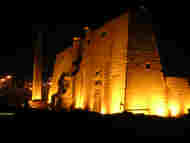 luxor/j001.jpg
luxor/j001.jpg
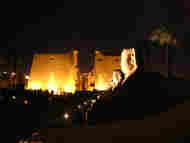 luxor/j002.jpg
luxor/j002.jpg
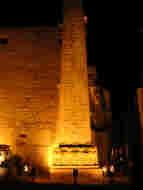 luxor/j003.jpg
luxor/j003.jpg
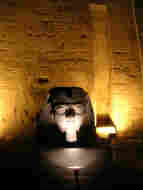 luxor/j004.jpg
luxor/j004.jpg
 luxor/j005.jpg
luxor/j005.jpg
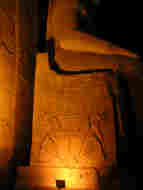 luxor/j006.jpg
luxor/j006.jpg
 luxor/j007.jpg
luxor/j007.jpg
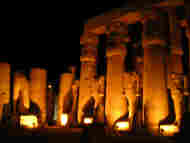 luxor/j008.jpg
luxor/j008.jpg
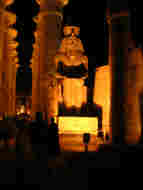 luxor/j009.jpg
luxor/j009.jpg
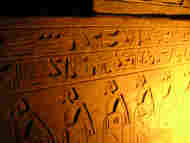 luxor/j010.jpg
luxor/j010.jpg
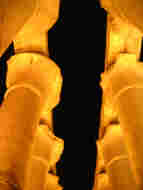 luxor/j011.jpg
luxor/j011.jpg
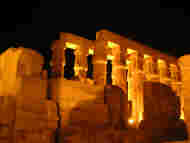 luxor/j012.jpg
luxor/j012.jpg
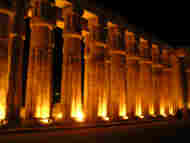 luxor/j013.jpg
luxor/j013.jpg
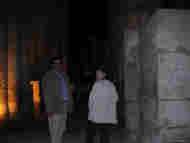 luxor/j014.jpg
luxor/j014.jpg
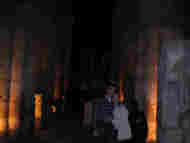 luxor/j015.jpg
luxor/j015.jpg
 luxor/j016.jpg
luxor/j016.jpg
 luxor/j017.jpg
luxor/j017.jpg
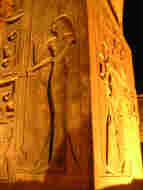 luxor/j018.jpg
luxor/j018.jpg
 luxor/j019.jpg
luxor/j019.jpg
 luxor/j020.jpg
luxor/j020.jpg
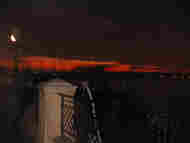 luxor/r021.jpg
luxor/r021.jpg
 karnak/j001.jpg
karnak/j001.jpg
 karnak/j002.jpg
karnak/j002.jpg
 karnak/j003.jpg
karnak/j003.jpg
 karnak/j004.jpg
karnak/j004.jpg
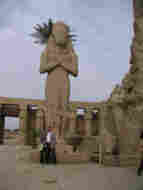 karnak/j005.jpg
karnak/j005.jpg
 karnak/j006.jpg
karnak/j006.jpg
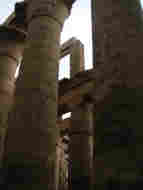 karnak/j007.jpg
karnak/j007.jpg
 karnak/j008.jpg
karnak/j008.jpg
 karnak/j009.jpg
karnak/j009.jpg
 karnak/j010.jpg
karnak/j010.jpg
 karnak/j011.jpg
karnak/j011.jpg
 karnak/j012.jpg
karnak/j012.jpg
 karnak/j013.jpg
karnak/j013.jpg
 karnak/j014.jpg
karnak/j014.jpg
 karnak/j015.jpg
karnak/j015.jpg
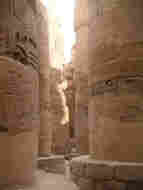 karnak/j016.jpg
karnak/j016.jpg
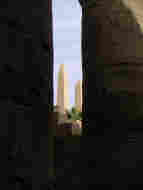 karnak/j017.jpg
karnak/j017.jpg
 karnak/j018.jpg
karnak/j018.jpg
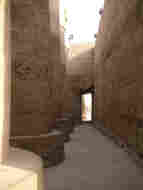 karnak/j019.jpg
karnak/j019.jpg
 karnak/j020.jpg
karnak/j020.jpg
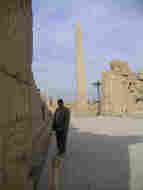 karnak/j021.jpg
karnak/j021.jpg
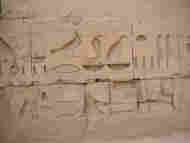 karnak/j022.jpg
karnak/j022.jpg
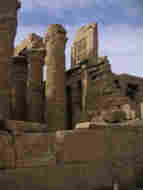 karnak/j023.jpg
karnak/j023.jpg
 karnak/j024.jpg
karnak/j024.jpg
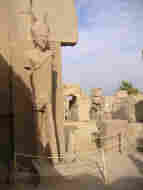 karnak/j025.jpg
karnak/j025.jpg
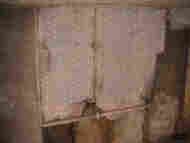 karnak/j026.jpg
karnak/j026.jpg
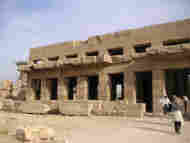 karnak/j027.jpg
karnak/j027.jpg
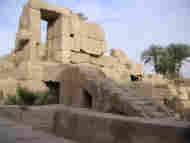 karnak/j028.jpg
karnak/j028.jpg
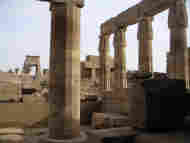 karnak/j029.jpg
karnak/j029.jpg
 karnak/j030.jpg
karnak/j030.jpg
 karnak/j031.jpg
karnak/j031.jpg
 karnak/j032.jpg
karnak/j032.jpg
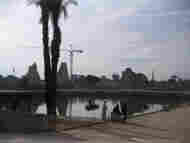 karnak/j033.jpg
karnak/j033.jpg